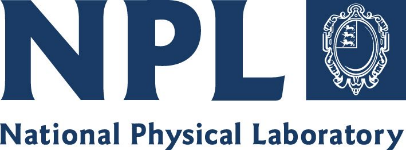Dimensional measurement user

Course Summary
In this e-learning course, learners will be introduced to dimensional measurement and the importance of good measurement practice. The course content is delivered over 6 modules and is designed to help learners understand the principles of measurement and dimensional and geometrical tolerances in engineering processes.
NOTE: This is a self-directed course delivered online. Participants must first register their interest. Our team will be in contact to confirm acceptance of your place in the course.
The content covered in this e-learning course is divided into 6 modules:
- 1 introduces the fundamentals of dimensional measurement
- 2 introduces geometrical tolerancing
- 3 explores tolerances of form, location, orientation, run-out, and profile tolerances
- 4 focusses on measurement strategy and the principles of measurement, including traceability, calibration, measurement uncertainty, and environmental effects
- 5 examines a range of dimensional measurement instruments and their use
- 6 explores NPL’s ‘Dimensional Measurement Checklist’
By taking part in this course, participants will:
- Understand the relevance of dimensional measurement, including the use of dimensional and geometrical tolerances, to all stages of the engineering process
- Understand the use of datum systems in dimensional measurement
- Be able to interpret tolerance frames with and without datum references, and understand the shapes of the associated tolerance zones
- Be able to interpret tolerance frames for the different geometrical characteristics of form, location, orientation, and run-out.
- Understand principles of measurement that allow the formation of a measurement strategy, including measurement uncertainty, calibration, and traceability
- Confidently select and use a range of measuring instruments, using an understanding of how they should be prepared, used, read, and stored
- Interpret and analyse the data output from the measurement
- Understand the importance of good practices associated with repeatability and reproducibility when using measuring equipment
- Make informed decisions as an individual and part of a team
This course is suited to people who have knowledge of, and are looking to use good practice in measurement. It is suitable for engineers, those working in quality and process, inspection and control, designers and production staff as well as instrument and equipment users, apprentices, and graduates.
Metrology is the science of measurement. As the UK's National Metrology Institute (NMI), NPL's mission is to provide the measurement capability that underpins the UK's prosperity and quality of life. We are able to provide confidence in measurement results and data traceable to SI units.
Since 1900 we have developed and maintained the nation's primary measurement standards. These standards help provide confidence that the goods and services we buy live up to their claims, that the medicines we take are the right dosage, and the data we use for everything from climate change to financial trading is accurate.
As one of the world’s leading NMIs and a recognised centre of excellence, NPL is committed to sharing its expertise to build and enhance measurement skills and capabilities. Our training covers the importance of metrology, advancements in measurement science and the application of good measurement practices.
Dates & Venues
| Date | Available now |
|---|---|
| Location | Self-directed online learning |
| Duration | Two days approximately |
| Cost | Free |
In collaboration with

